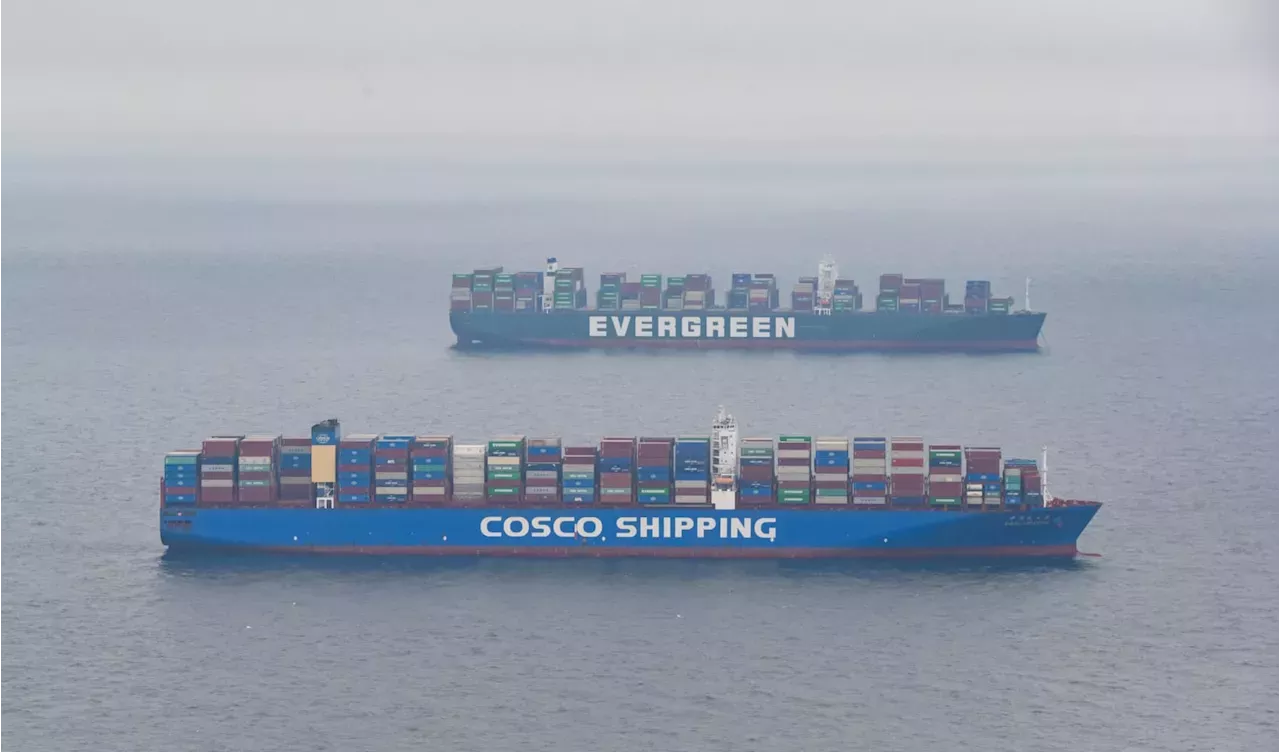The spread between spot ocean freight rates and the long-term contract market is at its highest since September 2021, equal to $2,500.
March and April are critical months for ocean carriers looking to ink annual freight contracts with shippers, including the world's biggest retailers, but this year contract season is turning into a waiting game. The market is currently experiencing a significant mismatch between buyer and seller price expectations, in a demand-deficit environment, according to Christian Roeloffs, co-founder and CEO of container trading and leasing platform Container xChange."There is a significant imbalance between supply and demand price expectations for containers," Roeloffs said." carriers are taking the opportunity to exploit this current market," said Sand.
"Will the Red Sea congestion topic still be there? How serious is that? Do we expect rates to fall further after the spike in short-term freight rates? As we get through the next three, four, five, six weeks, businesses are going to end up making more agreements and I think against that backdrop of all the uncertainty out there, that makes a lot of sense," Aldwell said.
Zvi Schreiber, CEO of Freightos, a digital booking platform for international air and ocean freight, said even though Asia to West Coast freight rates are lower than the East Coast rates because it's a shorter route, they have spiked due to both geopolitics and climate change.
